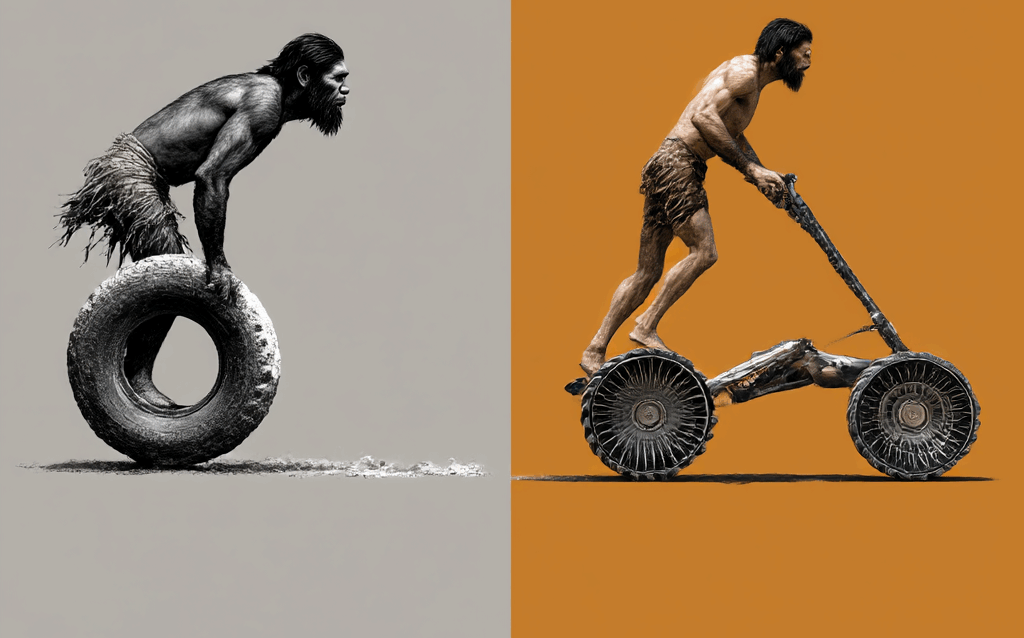Artificial Intelligence is evolving at a pace few industries have experienced before. What was experimental just a year ago is now embedded in the products, services, and strategies of leading companies. As we navigate 2025, AI isn’t just about automation or chatbots — it’s about rethinking how intelligence is built, distributed, and aligned with human goals.
In this article, we explore the most important emerging AI trends and the technologies driving them — not as predictions, but as transformations already in motion.
1. Foundation Models Are Becoming Specialized
Large Language Models (LLMs) like GPT-4, Claude 3, and Gemini have shown that general-purpose intelligence is powerful. But the next wave is domain-specific foundation models — trained not just on broad internet text, but on healthcare records, legal documents, enterprise databases, and scientific literature.
These specialized models offer:
- Higher accuracy within narrow domains
- Better alignment with regulatory and safety requirements
- Fewer hallucinations and more trustworthiness for real-world tasks
Enterprises are adopting this trend by fine-tuning base models on proprietary data or partnering with vendors offering vertical AI (e.g., Med-PaLM for medicine, BloombergGPT for finance).
2. Agentic AI and Autonomous Workflows
In 2025, we’re moving beyond chat interfaces. The rise of agentic AI — autonomous agents that take action, reason over time, and collaborate — is shaping a new generation of applications.
These agents can:
- Plan and execute multi-step tasks (e.g., book flights, summarize reports, update CRMs)
- Communicate with APIs, databases, and other tools via plugins or tool-use frameworks
- Monitor goals and self-correct using memory or environment feedback
Agentic systems are already used in customer support, research automation, data migration, and business intelligence, with platforms like OpenAI’s GPT Agents, Meta’s CICERO AI, and open-source tools like AutoGPT and CrewAI leading the charge.
3. Multimodal Intelligence: Beyond Text and Code
AI is becoming multimodal — able to understand, generate, and reason across images, video, audio, and structured data simultaneously. This trend is breaking down the silos between how humans and machines process information.
Recent advancements include:
- OpenAI’s GPT-4o and Claude 3 Opus, which can read documents, interpret charts, and describe images in real time
- AI models that analyze MRI scans, satellite imagery, voice tones, and behavioral signals
- Tools that integrate video, speech, and gestures to power virtual assistants, robotics, and accessibility tools
The future of user interaction is not just typing — it’s seeing, hearing, speaking, and contextual understanding, all at once.
4. AI + Knowledge Graphs = Reasoning at Scale
While LLMs excel at language generation, they still struggle with factual consistency and logical reasoning. That’s where hybrid systems come in — combining LLMs with structured knowledge graphs, databases, and retrieval systems.
This architecture, often called Retrieval-Augmented Generation (RAG) or Memory-Augmented Models, enables:
- Accurate, up-to-date answers from enterprise data
- Complex decision support and scientific synthesis
- Traceable and auditable reasoning in regulated domains
In essence, these systems don’t just guess — they look things up.
5. Trust, Governance, and Regulation Are Taking Center Stage
With AI influencing healthcare, finance, education, and even warfare, governance is no longer optional. Countries and corporations are racing to implement AI ethics frameworks, driven by both public concern and competitive risk.
Key developments:
- The EU AI Act is the first binding regulation categorizing AI systems by risk level
- Algorithmic audits, explainability, and human oversight are now must-haves in enterprise deployments
- Companies are creating internal AI governance boards to monitor usage, bias, and compliance
Trust is now a core product feature — and companies that can’t earn it will fall behind.
6. AI Is Moving to the Edge
With the explosion of IoT devices and privacy concerns, AI is increasingly running on-device rather than in the cloud. This is called edge AI, and it’s enabling faster, safer, and more efficient applications.
Think:
- AI-powered medical diagnostics on wearable devices
- Real-time object detection in autonomous vehicles
- Voice assistants that operate offline
Thanks to lighter, quantized models (like Mistral and Gemma), even phones and drones can now run state-of-the-art intelligence locally.
7. AI Is Reshaping Work — and the Definition of Expertise
AI isn’t just changing what we automate — it’s changing who can do what. Tools like GitHub Copilot, Notion AI, and Salesforce Einstein are democratizing capabilities once limited to experts.
This has three big implications:
- Upskilling: Non-technical staff can now write SQL, generate reports, and analyze documents using natural language
- New Roles: Companies are hiring AI operations managers, prompt engineers, and model validators
- Reorgs: Traditional departments are reorganizing around AI-integrated workflows and hybrid human-AI teams
In 2025, the most valuable professionals aren’t just technical — they’re AI-literate.
Final Thought: The Future of AI Is Collaborative, Contextual, and Regulated
The era of AI as a mysterious black box is coming to an end. The future is not about machines replacing humans, but about humans working smarter with intelligent systems that understand context, respect ethics, and deliver real value.
As trends converge — from multimodal reasoning and agentic workflows to ethical guardrails and edge deployment — AI is evolving from tool to teammate.
Businesses that embrace this future strategically and responsibly won’t just survive—they’ll lead.






